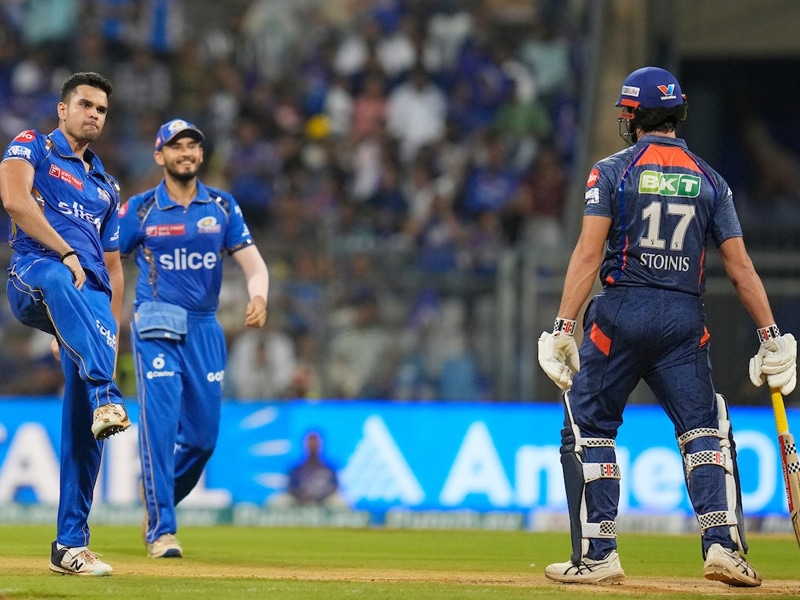Three hundred residents of the city’s BTM Layout faced serious health risks in November, in the latest episode of sewage inflow into Cauvery water lines. Two months earlier, the entire HBR Layout was perched dangerously close to a similar health disaster. No lessons were learnt from April of the same year, when water contamination had triggered a big, 40% spike in cholera cases across the city.
Is there no end to this recurring nightmare? As lakhs of Bengalureans cry out for an enduring solution that ensures supply of clean, safe drinking water, huge structural and systemic gaps remain unaddressed. Chaotic underground pipeline networks exasperated by a lack of coordination by multiple civic agencies, big gaps in ferrying sewage and treatment, absence of a prompt contamination alert system have all left the citizens precariously exposed.
In most cases, the contamination is detected only after the foul stench hits the residents. But by then, the damage would be done. In BTM Layout 2nd Stage, many residents had their entire sumps filled with 3,500 to 4,000 litres of Cauvery water turn black. Often, the citizens end up spending an enormous amount of money to entirely flush out the polluted water, clean the interior pipeline system and refill with tanker water.
The presence of the diarrhoeagenic bacteria called Escherichia Coli (E-Coli) is a clear indication of faecal contamination in drinking water samples.
| Photo Credit:
RASHEED KAPPAN
No periodic quality checks
The United Nations General Assembly has declared safe drinking water as a human right. Water, sanitation and hygiene (WASH) is one of the UN’s Sustainable Goal. Yet, the country’s wannabe global city has been found wanting year after year in periodical water quality assessment and surveillance, critical to guide action on safe drinking water.
The presence of the diarrhoeagenic bacteria called Escherichia Coli (E-Coli) is a clear indication of faecal contamination in drinking water samples. Counts of coliforms are an indicator of microbial contamination. But how frequently is the supplied drinking water tested for these critical parameters?
“Microbial studies are rarely done on water, since they are convinced that UV and chlorine will take care of all those pollutants,” says Ramprasad V., Co-founder, Friends of Lakes.
Recurring contamination can only be addressed through a scientific water safety plan, says independent water and wastewater consultant Thippeswamy M.N. “Contamination can happen anywhere from catchment to consumer. Though treatment happens at the headworks, pollutants can enter at the pumping stations, reservoirs and the 10,000 km plus pipeline network that carries water to the consumer,” he points out.

Regular monitoring is mandated in areas where water and sewer lines are in close proximity. A minimum separation of 10ft is required but not followed due to narrow road width.
| Photo Credit:
FILE PHOTO
Too close: Water, sewer lines
In many slums within the core city areas, storm water drains (SWDs), Cauvery and sewer lines are laid too close since the lanes are narrow. This increases the risk of contamination. Thippeswamy elaborates: “The drains – small, medium and large – all carry sewage. Sewage lines too are in poor condition, leading to leakage into the SWDs. Besides, many households have their latrines connected directly to the SWDs.”
Regular monitoring is mandated in areas where water and sewer lines are in close proximity. A minimum separation of 10ft is required but not followed due to narrow road width. Sewer lines get blocked and enter water lines in many places. Seasoned water experts say this is very common in slum areas, and the cascading effect could quickly engulf the surrounding localities.
The Bangalore Water Supply and Sewerage Board (BWSSB), being the first response agency, should test at least 1,000 samples every month, says Thippeswamy. “As per WHO standards, one sample per 10,000 people has to be tested for multiple physical and bacteriological parameters. The BBMP is supposed to monitor it while involving third parties for surveillance. They are not doing much. The city has grown so much. They have to take cognizance of not only quantity but also quality.”

Besides, six percent of households with a Cauvery water supply are inappropriately using RO technology as they can consume UV-treated Cauvery water.
| Photo Credit:
Rasheed Kappan
Chemical contamination risks
While microbial contamination gets the spotlight after coloration and stench, chemical pollutants often escape the radar. Chemically contaminated groundwater is usually purified by Reverse Osmosis (RO) technology. “However, this technology wastes water as only a portion of raw water is treated and the remaining is discarded as RO reject with almost twice the salinity of the raw water,” finds a June 2024 study titled “Examining Bengaluru’s Potable Water Quality and the Usage and Consequences of RO Technology in Treating the City’s Drinking Water.”
The study authors Sudhakar M. Rao and Nitish Venkateswarlu Mogili note that potable water supplied in all BBMP zones is contaminated by Fe (iron) and nitrate. “Calculations projected that 49% of 29.1 lakh households consume 14.29 MLD (million liters per day) of RO water. Groundwater in some BBMP zones has TDS (total dissolved solids), F (fluoride) and Pb (lead) contamination.”
Besides, six percent of households with a Cauvery water supply are inappropriately using RO technology as they can consume UV-treated Cauvery water. “Usage of 14.29 MLD of RO water will generate 14.29–33.3 MLD of RO reject water with elevated salinity levels that eventually reach the inland water bodies,” says the study report.
Water kiosks, not so pure
To address public concerns about water safety, the government opened scores of ‘Pure Drinking Water’ kiosks, offering 20 litres at ₹5. But Ramprasad wonders how safe the water really is. “Maintenance is an issue. Many of them don’t have their UV systems working. There are chances that the water will have pollutants. People stand in queue believing that it is very good water. All these are ROs, they need maintenance,” he says.
However, water conservationist S. Vishwanath is certain that if the systems were properly checked at the initial implementation stage, the process itself would determine the purity of water. He elaborates, “If the process is followed, you will get good, clean water without E-Coli or coliforms. However, there is potential for contamination when people take the water in containers that are not clean. Secondary contamination could be an issue, and the public need to be aware of this.”
Lack of 24/7 water supply in most parts of the city implies wide recourse to storage tanks and sumps. This can be a source of secondary contamination in households. While pressurized water supply negates the need for storage and pipes under vacuum, intermittent supply lets pollutants in through leaks and conflict points between water and sewage lines.
‘Reduce sewer joints’
As Thippeswamy points out, one way to reduce leakages is to reduce sewer joints. “Older sewer pipes were 2.5ft in length, thus requiring more joints. This is now being addressed with pipes that are even 10ft long. Joints are vulnerable to the leakages.”
To find an enduring solution to the problem, Vishwanath suggests a thorough audit of every contamination spot to pinpoint the cause. Testing could be democratised by equipping apartments and even individual houses with devices now available at highly affordable rates. These could easily ascertain the extent of Total Dissolved Solids, residual chlorine and other pollutants.
Apartments are advised to send samples every month to accredited labs, ensure that they are thoroughly checked for BIS 10500 drinking water standards and the values put up in public domain. “They should do this both for the water supply system and treated waste water emerging out of their STPs to ascertain the level of treatment. This should be a monthly ritual,” says Vishwanath.
Published – January 02, 2025 09:00 am IST



















